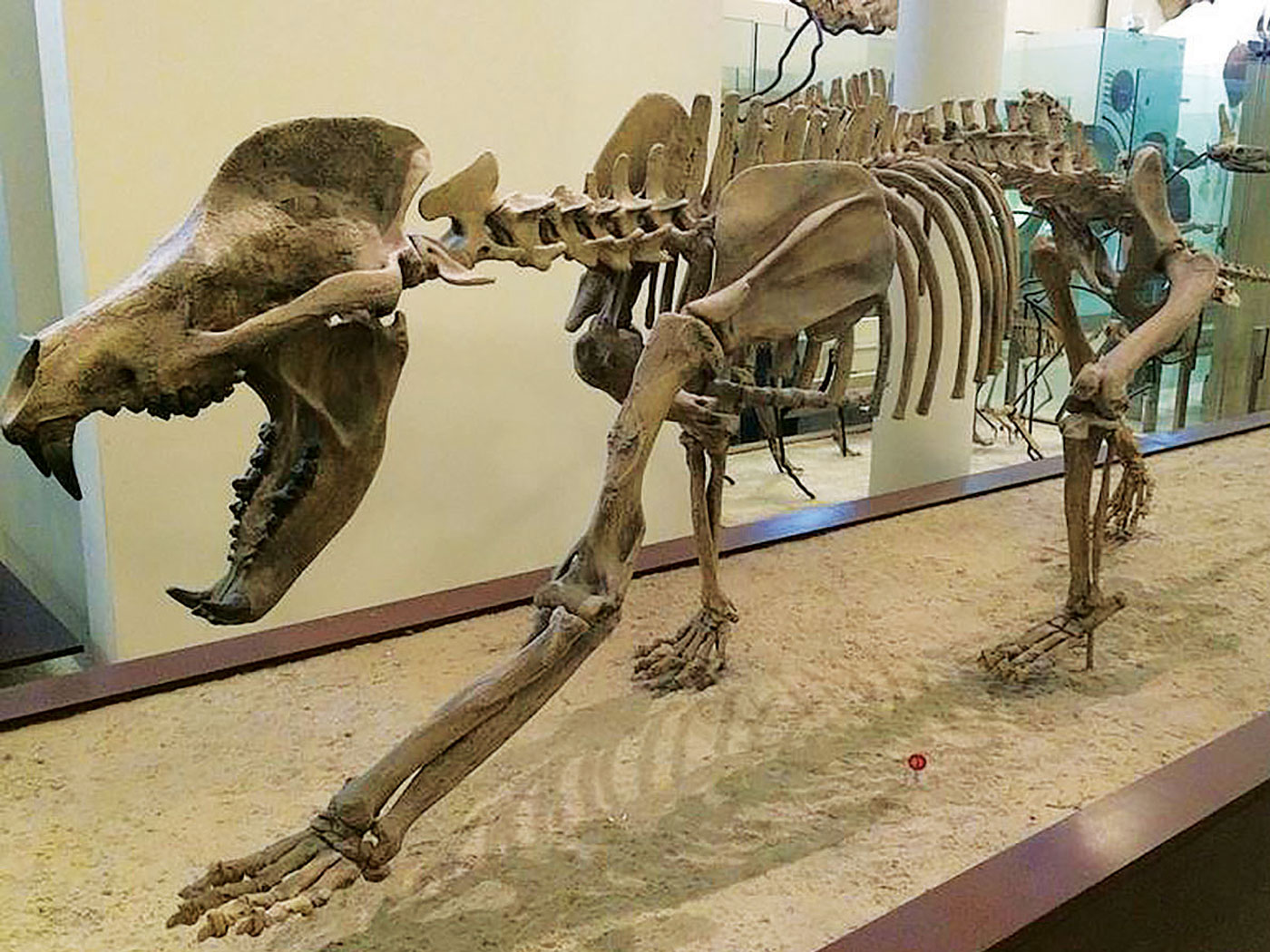What would you think if scientists were to suggest that large tracts of uncultivated land, which could be used to grow crops to feed hungry people, should be left untouched? And how would you react if their reason for leaving this potential farmland unused was to combat climate change?
Believe it or not, that is precisely the scenario discussed in a recent issue of the journal Nature.1 Since 1990, about 77 million acres of cropland have remained uncultivated in Eastern Europe. Given the millions of hungry and undernourished people in the world, one would think that an intentional refusal to cultivate such land would be absolutely out of the question. However, if this land were put to the plow, some worry that the carbon released into the atmosphere as a result would contribute to global warming, and one scientist has even suggested that about two-thirds of this land should remain uncultivated indefinitely.1,2
Creation scientists have generally acknowledged that global warming could be real, although there does not appear to have been any such warming for the last 15 years, and that there might even be a man-made contribution to such warming.3,4 However, we also recognize that much of the hysteria over climate change is being fueled by an acceptance of evolutionary and old-earth beliefs.
Specifically, there is abundant geological evidence that glaciers once extended to much lower latitudes and elevations than they do today, and the Genesis Flood provides a convincing mechanism for explaining this occurrence.5 Therefore, the most dramatic climate changes that have occurred within the last 4,300 years—during the onset and passing of the Ice Age—were caused by the Flood and not by human activity or normal natural processes.
Because secular scientists reject the Bible’s testimony, they have proposed their own theories to explain the Ice Age, and all have serious problems explaining the observed data. In the currently popular astronomical or Milankovitch theory, ice ages are supposedly paced by subtle changes in the amount of summer sunlight falling on the higher northern latitudes. But these changes are so small that they cannot, by themselves, account for an ice age.
Secular scientists have therefore concluded that unknown feedback mechanisms can amplify these subtle changes to bring about more substantial changes—perhaps even drastic changes—in climate. Thus, they fear that increased atmospheric carbon dioxide could conceivably result in some type of catastrophic global warming.
So there is a subtle connection between old-earth ideas and panic over climate change. For those who reject a supernatural Creator, some kind of evolutionary process is the only remaining alternative to explain the existence of life on Earth. Such a process demands eons of time in order to have even the appearance of plausibility. So those who accept evolutionary ideas must embrace an old earth in which even small changes—such as the resulting additional atmospheric carbon dioxide when uncultivated carbon-storing soils are employed for agriculture—could contribute to large-scale upheavals.
That scientists would propose intentionally leaving large tracts of farmland uncultivated when so many of the world’s people are without food is just one more example of the bitter harvest that comes from rejecting God’s Word. These words of the Lord Jesus are certainly applicable: “Even so, every good tree bears good fruit, but a bad tree bears bad fruit” (Matthew 7:17). It is easy to see what kind of fruit the evolutionary tree has borne.
References
- Schiermeier, Q. 2013. Quandary over Soviet croplands. Nature. 504 (7480): 342.
- These unused lands are acting as carbons “sinks” in which carbon is stored in soils and wild plants.
- Thomas, B. Global Warming Halts, Arctic Ice Multiplies. Creation Science Updates. Posted on icr.org October 16, 2013, accessed January 16, 2014.
- Oard, M. 2011. The Great Global Warming Debate: The facts, the fiction, and the furore. DVD. Creation Ministries International.
- Hebert, J. 2013. Was There an Ice Age? Acts & Facts. 42 (12): 20.
*Dr. Hebert is Research Associate at the Institute for Creation Research and received his Ph.D. in physics from the University of Texas at Dallas.






















